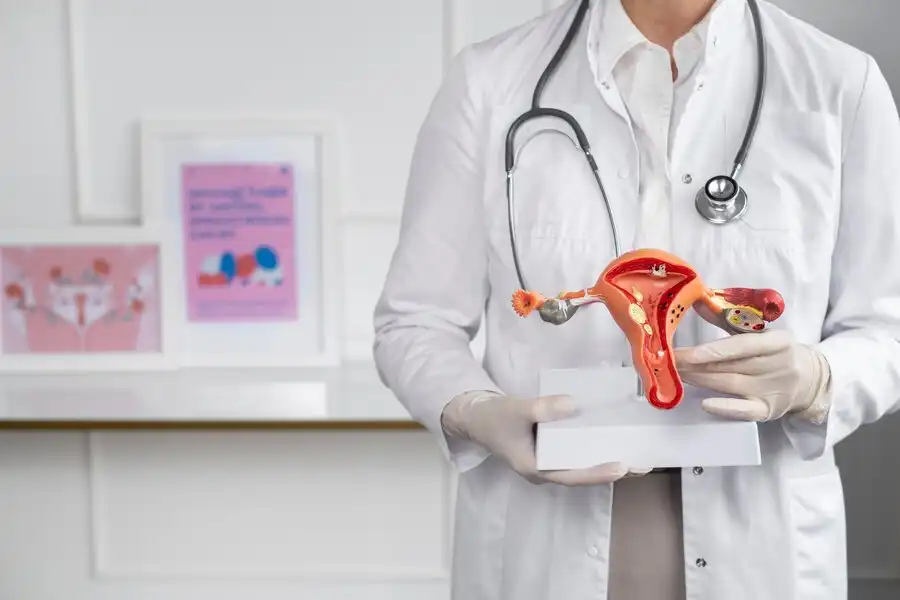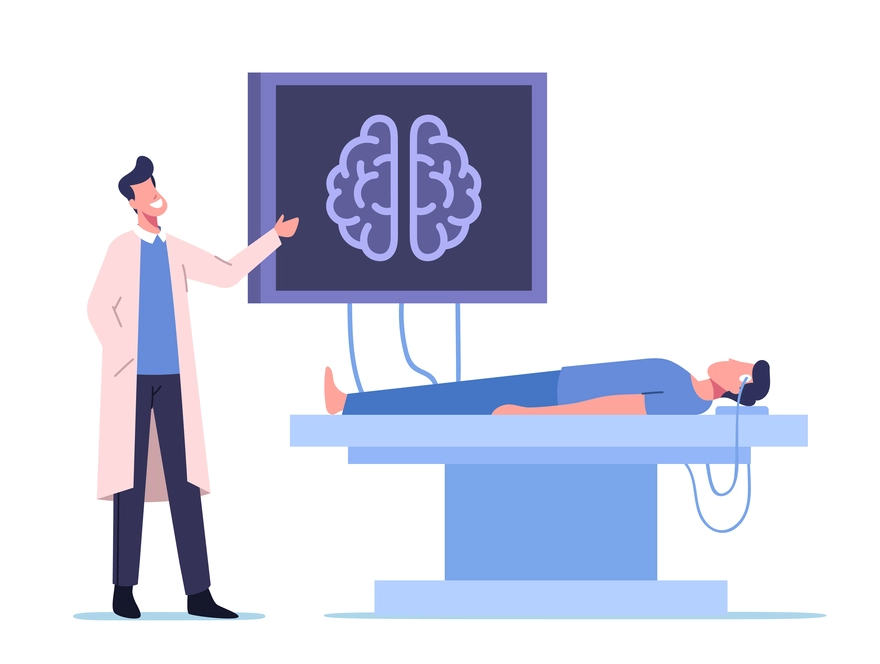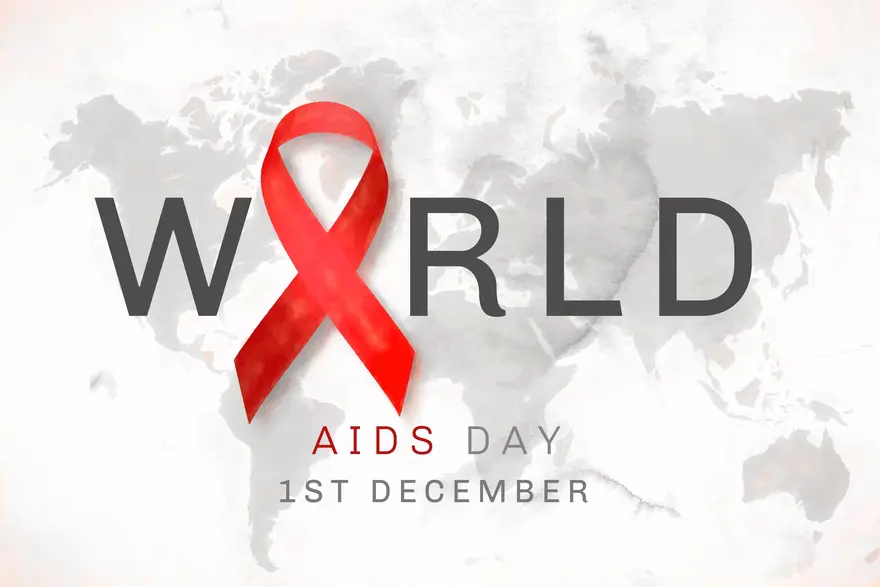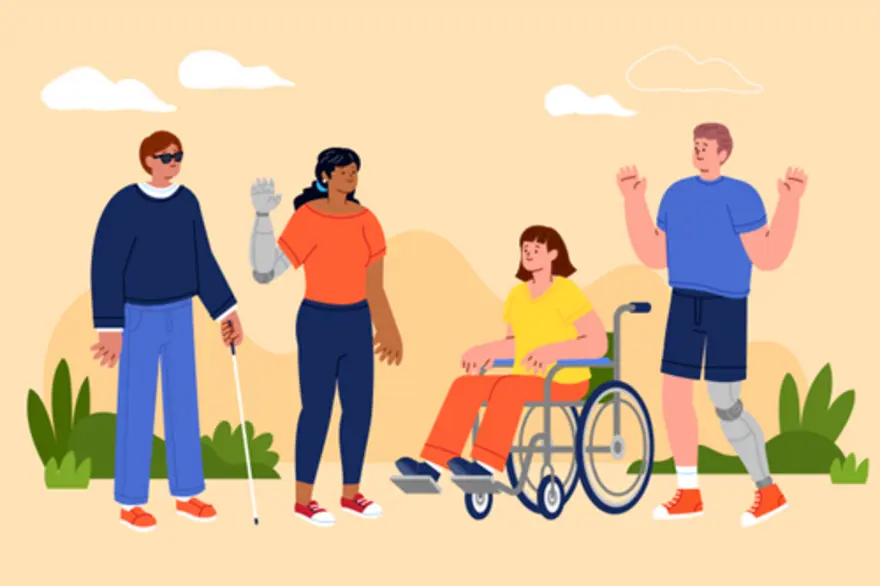Preventive Healthcare
Relief from Hemorrhoids: Symptoms, Causes, and Effective Treatement

Table of Contents
- What are Piles (Hemorrhoids)?
- How Do You Get Piles (Hemorrhoids)?
- Type of Piles (Hemorrhoids)
- Who Might Get Hemorrhoids?
- What Do Piles Look Like?
- Symptoms of Piles (Hemorrhoids)
- What Causes Piles (Hemorrhoids)?
- Risk Factors
- How to Treat Piles?
- Complications
- Home Remedies for Piles
- Prevention
- Conclusion
- FAQs
What are Piles (Hemorrhoids)?
Piles (also known as Hemorrhoids) are swollen blood vessels located in or around the rectum and anus. These veins become enlarged due to increased pressure, leading to discomfort, itching, bleeding, or pain.
Piles are quite common and can affect people of all ages. Although they may be distressing, they are rarely dangerous and often manageable with lifestyle changes, medications, or minimally invasive procedures. Knowing piles meaning and how to manage them can significantly improve your quality of life.
How Do You Get Piles (Hemorrhoids)?
Piles can develop when there's persistent pressure on the veins in your lower rectum. This pressure might result from chronic constipation, straining during bowel movements, or sitting for extended periods on the toilet. Other causes include a low-fibre diet, obesity, and heavy lifting.
In many cases, piles may develop slowly and go unnoticed until symptoms appear. You’re more likely to get piles if you have a family history, so understanding their causes and taking early preventive steps is crucial.
Type of Piles (Hemorrhoids)
Piles are categorised based on their location and severity. Each type may cause different piles symptoms, and understanding the differences can help you identify the most appropriate piles treatment. There are three main types:
Internal Piles
Internal piles occur inside the rectum and are usually not visible. They often go unnoticed unless they bleed.
- Internal piles may cause painless rectal bleeding during or after bowel movements, usually noticed as bright red blood.
- You might experience a feeling of incomplete evacuation or fullness in the rectum after going to the toilet.
- They can sometimes prolapse or bulge outside the anus, which may feel uncomfortable but isn’t always painful unless irritated.
- In more advanced stages, they may require medical intervention such as rubber band ligation or sclerotherapy.
External Piles
External piles are found under the skin around the anus and are more likely to cause pain.
- They can cause significant discomfort, especially when sitting, walking, or during bowel movements.
- You might notice hard lumps near the anus, often bluish in colour due to blood clots within the vein.
- Itching, irritation, and swelling around the anus are common piles symptoms of this type.
- External piles may lead to hygiene challenges due to increased skin sensitivity or swelling.
Thrombosed Piles (Strangulated)
These are external piles where a blood clot forms, making them more painful and swollen.
- Thrombosed piles can cause intense pain, often suddenly, and may be accompanied by swelling and inflammation.
- You might notice a firm, tender lump near your anus that feels tight or tense to the touch.
- The skin may look dark or bruised due to the trapped blood.
- In severe cases, you may need minor surgery to relieve the pressure and remove the clot.
Who Might Get Hemorrhoids?
Anyone can develop haemorrhoids, but some people are more prone to them. You might be at risk if you frequently strain during bowel movements or have prolonged constipation or diarrhoea. People who sit for long periods, such as drivers or office workers, are more vulnerable.
Pregnancy increases the risk due to pressure from the growing uterus. Ageing also weakens vein walls, making older adults more susceptible. Genetics can also play a role, so if piles run in your family, you’re more likely to experience them.
What Do Piles Look Like?
Piles can appear differently depending on their type and severity. Internal piles are usually not visible but may cause slight protrusions from the anus during straining. External piles, on the other hand, may look like soft or firm lumps or swellings around the anus. They can be skin-coloured or purplish, depending on blood flow or clotting.
Thrombosed piles can look dark blue and may appear inflamed or bruised. You might also notice small traces of bright red blood on toilet paper, a sign of bleeding piles symptoms.
Symptoms of Piles (Hemorrhoids)
Many people with piles may not realise they have them until noticeable piles symptoms arise.
- Bleeding during bowel movements, often painless but alarming, is one of the most common symptoms.
- Itching or irritation around the anus due to skin inflammation or mucus leakage.
- Swelling or lumps near the anus, especially if you have external or prolapsed internal piles.
- Pain or discomfort, especially during sitting or passing stools.
- Mucus discharge, which may lead to soiling and skin irritation.
- A feeling of fullness or incomplete evacuation after bowel movements.
- In advanced stages, prolapsed piles may protrude and cause additional pain or require manual repositioning.
What Causes Piles (Hemorrhoids)?
Understanding the piles causes is key to prevention and effective management. Piles often result from increased pressure in the rectum, leading to vein inflammation or bulging. This pressure can come from many sources, such as constipation, diarrhoea, pregnancy, or prolonged sitting.
Causes of Piles in Women
Women are particularly susceptible to piles due to hormonal and physical changes.
- Pregnancy exerts pressure on the pelvic veins and rectum, causing vein enlargement.
- Hormonal changes can slow bowel movements, increasing the risk of constipation.
- Childbirth, especially vaginal delivery, puts immense strain on the anal and rectal region.
- Menstruation-related constipation can also trigger haemorrhoids in some women.
- Low iron or calcium supplements taken during pregnancy or menstruation may worsen constipation.
Causes of Piles in Men
Men also face specific risks due to lifestyle and occupational habits.
- Heavy lifting, common among manual labourers or gym-goers, increases rectal pressure.
- Chronic constipation from low fibre diets or lack of hydration is a leading trigger.
- Sedentary jobs, such as long-haul driving or desk work, reduce blood flow and weaken rectal veins.
- Smoking and alcohol consumption may contribute to poor digestion and vein health.
- Lack of physical activity slows digestion and increases the risk of straining during bowel movements.
Piles in Pregnancy
Pregnancy is one of the most common times for piles to develop in women.
- The growing uterus places added pressure on the rectal veins, especially in the third trimester.
- Progesterone hormone relaxes vein walls and slows bowel activity, making constipation more likely.
- Reduced physical activity in late pregnancy also contributes to poor digestion.
- Iron supplements, though essential, can harden stools, aggravating symptoms.
- Labour and delivery put tremendous stress on the perineum, sometimes causing piles to develop or worsen.
Risk Factors
Several factors increase your chances of developing piles. Recognising these early can help you take preventive measures.
- Chronic constipation or diarrhea, both of which strain the anal veins repeatedly.
- Low-fibre diet, which makes stools hard and difficult to pass.
- Sedentary lifestyle, limiting blood flow and promoting poor bowel health.
- Ageing, which weakens the tissues supporting rectal veins.
- Obesity, especially around the abdomen, adds pressure on your lower rectum.
- Heavy lifting without proper technique increases intra-abdominal pressure.
- Genetics, where a family history may make you more vulnerable.
How to Treat Piles?
If you're wondering how to cure piles, rest assured there are several effective options available. Piles treatment can range from lifestyle changes and home remedies to medications and surgical procedures depending on the severity.
- Increase your fibre intake through fruits, vegetables, and whole grains to soften stools and reduce straining.
- Stay hydrated to help digestion and maintain smooth bowel movements.
- Use topical treatments, such as over-the-counter creams or ointments, to relieve itching and swelling.
- Apply cold compresses to external piles to reduce inflammation and pain.
- Avoid straining on the toilet; don’t delay going to the bathroom when you feel the urge.
- Take sitz baths, sitting in warm water for 10–15 minutes daily can soothe pain and itching.
- Use oral pain relief, such as paracetamol or ibuprofen, for temporary relief.
- Medical procedures, like rubber band ligation or sclerotherapy, may be recommended for persistent or severe cases.
- In some cases, your doctor may suggest the best medicine for piles, including prescription creams or laxatives.
- For extreme or recurrent cases, surgical removal may be necessary but is usually a last resort.
Complications
Though piles are often manageable, complications can arise if left untreated.
- Chronic blood loss from bleeding piles may lead to anemia, especially if you notice frequent rectal bleeding.
- Strangulated hemorrhoids occur when blood supply is cut off, causing intense pain and potential tissue death.
- Infection is rare but can occur, particularly with thrombosed or prolapsed piles.
- Anal fissures or tears may develop from straining or inflamed skin around the anus.
- Faecal leakage or incontinence might happen if the piles interfere with the anal muscles or if there’s long-term swelling.
Home Remedies for Piles
Before opting for procedures, many find relief using natural and home-based solutions.
- Eat a high-fibre diet, including oats, lentils, fruits, and vegetables, to reduce constipation.
- Drink 2–3 litres of water daily to support regular, soft bowel movements.
- Use witch hazel, a natural astringent that can soothe irritation and reduce inflammation.
- Take sitz baths regularly – this relaxes the anal muscles and reduces swelling.
- Apply aloe vera gel, which has natural healing and anti-inflammatory properties.
- Practice gentle hygiene, using unscented wipes instead of dry toilet paper.
- Avoid prolonged sitting, especially on the toilet, to minimise pressure.
- Exercise regularly, even light walks, to promote bowel health and circulation.
- Elevate your feet on a stool when using the toilet – it can help align your body for easier passage of stool.
- These tips are effective for mild symptoms and may even reduce the need for invasive piles treatment.
Prevention
Preventing piles is possible by making small but consistent lifestyle changes. These steps are especially helpful if you’ve had piles before.
- Maintain a fibre-rich diet to keep stools soft and reduce straining.
- Drink plenty of fluids, aiming for at least eight glasses a day.
- Establish a regular bathroom routine, and don’t delay going when you feel the urge.
- Exercise regularly to improve bowel movement and overall circulation.
- Avoid prolonged sitting, especially on hard surfaces or in the toilet.
- Lose excess weight, especially around your midsection, to relieve pressure on rectal veins.
- Avoid heavy lifting, or learn correct techniques to minimise pressure.
- Use a footstool in the toilet to improve your posture and ease defecation.
Conclusion
Managing piles can feel overwhelming, but with the right guidance, relief is within reach. From early signs to advanced care, being informed empowers you to take control of your health. For reliable diagnosis and expert-led testing, consider Metropolis Healthcare—a trusted name in pathology with over 40 years of excellence. Their accredited labs and home sample collection services make managing your health easy and dependable.
FAQs
Q1. How to prevent piles?
Eat fibre-rich foods, stay hydrated, avoid straining, and exercise regularly to maintain smooth bowel movements.
Q2. How long do piles last?
Mild piles often resolve within a few days; severe cases may take weeks or need treatment.
Q3. What do piles look like?
Piles may appear as swollen, skin-coloured or purplish lumps near or inside the anus area.
Q4. What do piles feel like?
Piles may feel like itchy, painful lumps, with discomfort while sitting, walking, or during bowel movements.
Q5. What do piles feel like?
They often feel sore, itchy, and swollen; some may experience bleeding or a sensation of fullness.
Q6. Do I need to see a doctor about piles?
Yes, if you experience bleeding, pain, or persistent discomfort, medical advice helps rule out serious conditions.



































